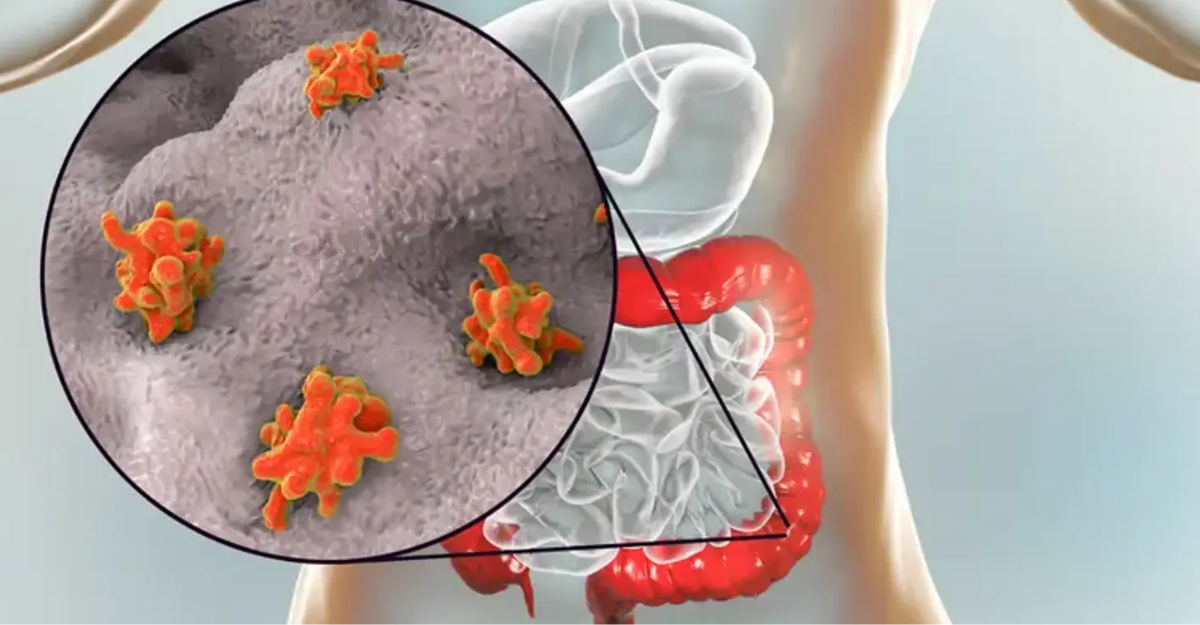A Silent Invader: Understanding Amebiasis in Children and Its Hidden Dangers
Amebiasis is an infection of the intestine caused by a microscopic parasite known as Entamoeba histolytica. While many people infected with this organism may not experience symptoms, the disease can become severe and even life-threatening in some cases. It spreads easily in regions with poor sanitation, making it a significant public health concern in many tropical and developing areas, including parts of India.
How Amebiasis Spreads
The infection is primarily transmitted through the fecal-oral route. When a person carrying the parasite passes stool, microscopic cysts of the organism are excreted. These cysts can survive outside the body for long periods, especially in contaminated water or on unclean surfaces. If another individual consumes food or water tainted with these cysts, infection occurs.
Cysts are resistant to normal chlorination used in public water systems but can be eliminated through boiling. Poor hygiene practices, such as not washing hands after using the toilet or before preparing food, further increase the risk of transmission. The infection can also spread through consumption of raw vegetables washed with contaminated water or from street food prepared in unhygienic conditions.
Symptoms of Amebiasis
In most cases, the infection remains silent. Many carriers may not show any symptoms but can still pass on the infection. However, in some individuals, the parasite becomes active and invades the lining of the large intestine, causing symptoms that develop slowly.
Typical signs include abdominal cramps, bloating, and loose stools. In more severe cases, the stool may contain blood and mucus. Some patients experience pain during bowel movements due to inflammation of the rectum. While fever is not commonly present, recurrent episodes of diarrhea and fatigue may occur if left untreated.
Children, older adults, and individuals with weakened immunity are at higher risk for complications and faster disease progression.
Serious Complications
Though it often goes unnoticed, amebiasis can turn dangerous. In some individuals, the parasite causes ulcers in the intestinal wall. If these ulcers become deep, they may lead to perforation, resulting in leakage of intestinal contents into the abdominal cavity—a medical emergency.
One of the most serious complications is the development of liver abscesses. In these cases, the parasite travels from the intestine to the liver, forming pus-filled cavities. Symptoms of a liver abscess include high fever, upper right abdominal pain, and tenderness over the liver area. If not treated, the abscess may rupture, causing widespread infection that can affect the lungs or brain.
Diagnosis and Treatment
Amebiasis is diagnosed by identifying the parasite in stool samples. Since the organism may not appear in every sample, multiple tests are often required. If there are signs of liver involvement, imaging studies such as ultrasound or CT scans are used to confirm abscess formation.
Treatment involves anti-parasitic medications like Metronidazole, Tinidazole, or Diloxanide Furoate. For mild cases, oral treatment is sufficient and can be taken at home. Patients with complications may need hospitalization and intravenous medications. Completing the full course of treatment is crucial to prevent recurrence.
Prevention: A Hygiene-First Approach
Currently, there is no vaccine available for amebiasis, making prevention reliant on hygiene and clean living conditions. Drinking water should be boiled, filtered, or purified before use. Hands must be washed with soap after using the restroom and before meals. Eating freshly prepared food and avoiding raw produce from unreliable sources further lowers the risk.
On a community level, improving sanitation systems and public awareness can significantly reduce the spread of the disease.
Conclusion
Amebiasis is a widespread infection that often remains undetected, yet can lead to serious health issues when complications develop. With proper diagnosis, effective treatment, and consistent hygiene measures, it is entirely curable and preventable. In regions where sanitation challenges persist, promoting safe food and water practices is the first step in protecting individuals and communities from this often-overlooked threat.




